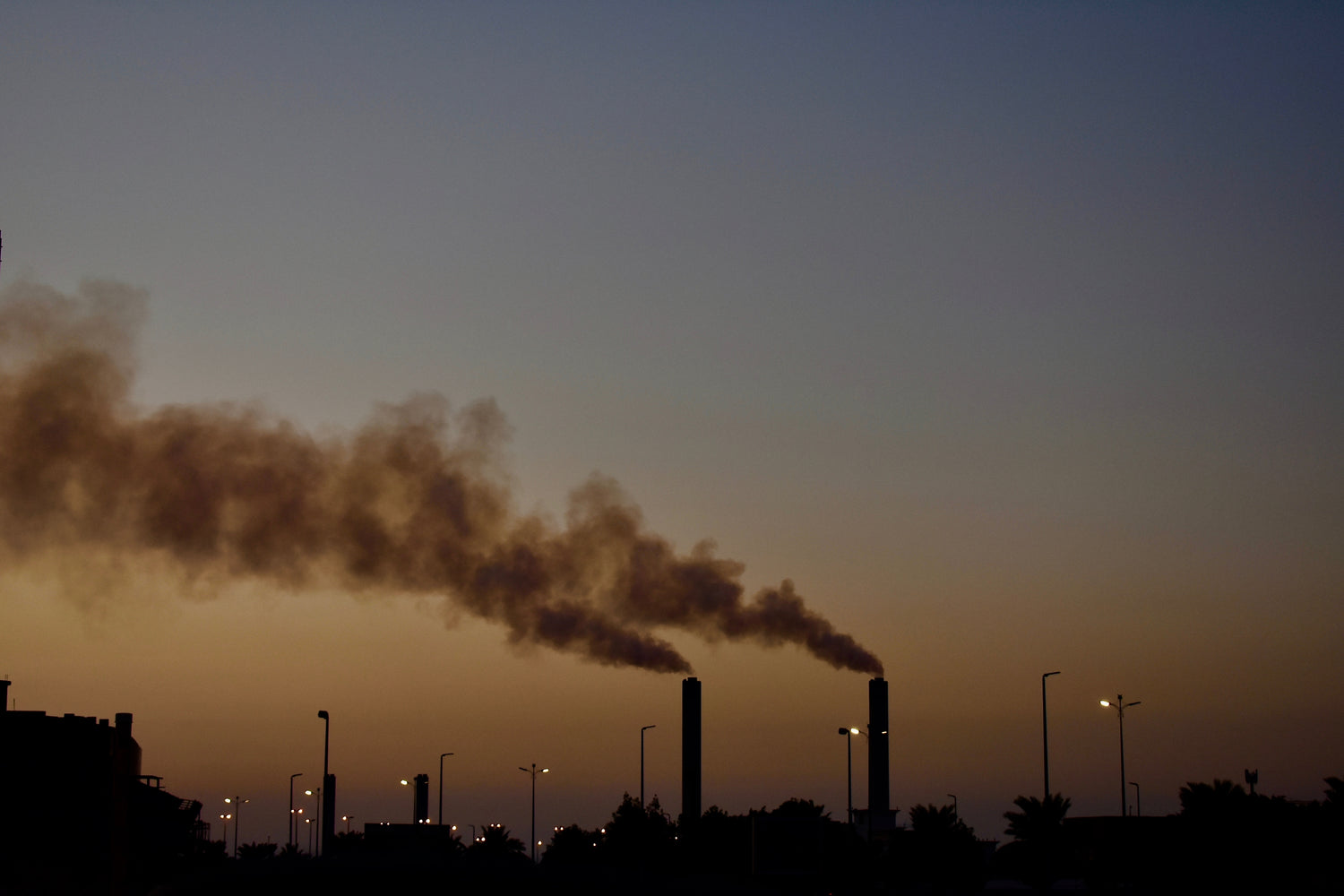
Environmental Savings
10,000 masks crafted from upcycled ocean plastics, supported by Upcycled Medical, offer significant environmental benefits

Repurposed Plastic
Producing 15,000 masks will effectively repurpose 7,300 PET bottles, which have been recovered from ocean and landfills.

Water Saving by 34%
3,900 litres of water or the equivalent of taking 40 showers will be saved in the production of 11,000 COVID-19 masks. This is also a measure of the amount of water saved per metre of textile.
This saving in litres was divided by 2,6000,000 litres, to provide an equivalent amount of water to an Olympic Pool.
* Do bear in mind that upcycled plastic uses less amount of water than that required to extract crude oil & refine it into plastic, besides doing away with the use of toxic metals.

ENERGY SAVING BY 40%
The making of 11,000 COVID-19 masks resulted in the savings of 7,800 MJ of electricity or the equivalent of running a 100W bulb, 24 hours a day for 2.5 years. Our research showed us the amount of electricity that was saved per metre of textile. This per meter saving was multiplied by the amount of textile required to make each mask.
For a 100W bulb to receive an equivalent amount of electricity, the savings in megajoules was divided by the equivalent in watts over a 24 hour period, further divided by 365 days to equate to the number of years saving.

CO2 SAVINGS BY 36%
290 Kg of CO2 or the equivalent of flying from Heathrow to New York once will be saved in the production of 11,000 COVID-19 masks.
The ICAO (A body funded and directed by 193 national governments to support their diplomacy and cooperation in air transport) calculator provides a generally accepted calculation that defines the amount of CO2 generated in a flight between 2 locations. Our calculations on the amount of CO2 saved per metre of textile comes from this formula. It was quantified by the amount of textile required to make each mask. To provide an equivalent amount of CO2 saving, the amount of CO2 saved was divided by the amount of CO2 generated in a return flight from London Heathrow – New York according to the ICAO.
